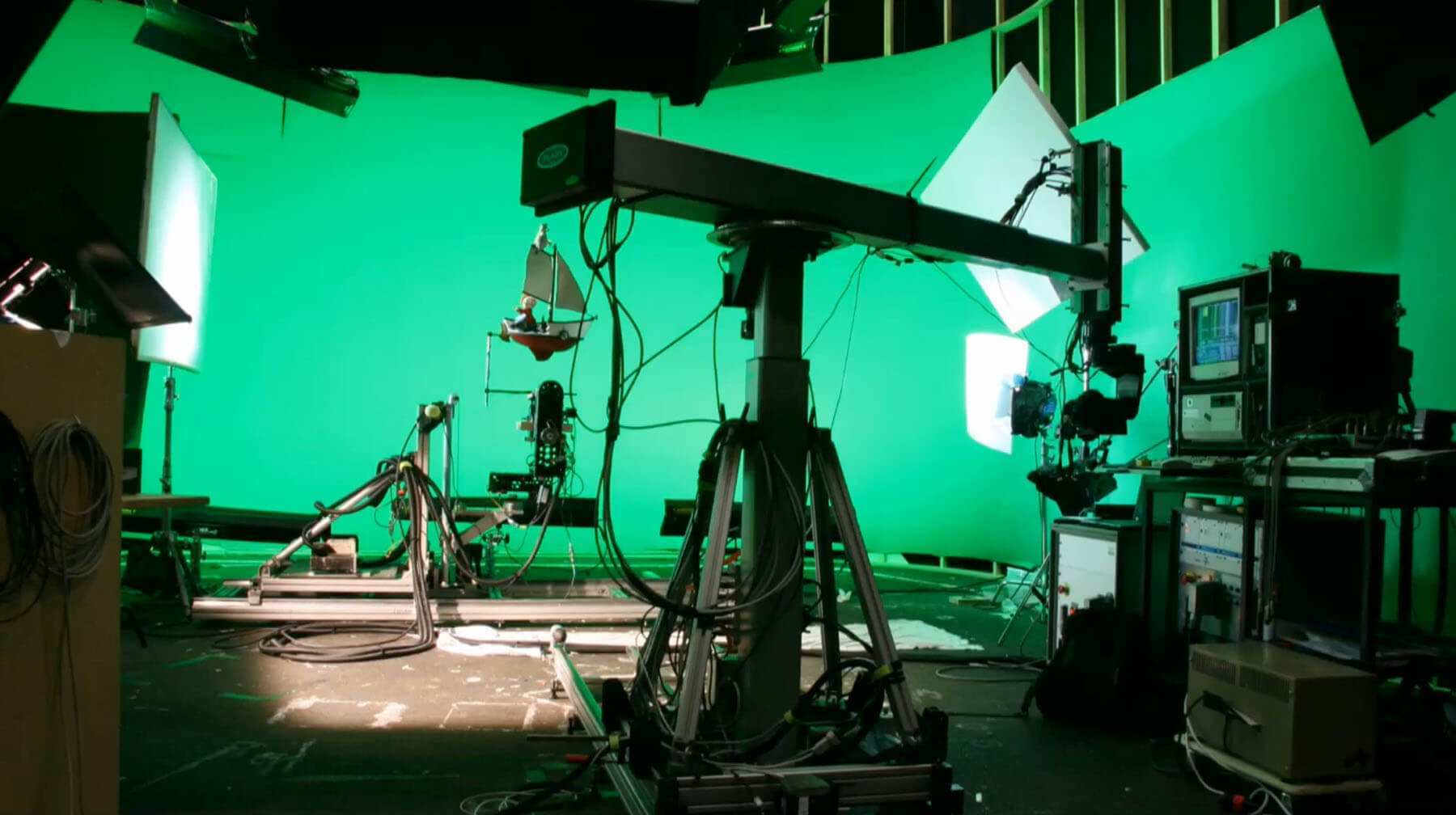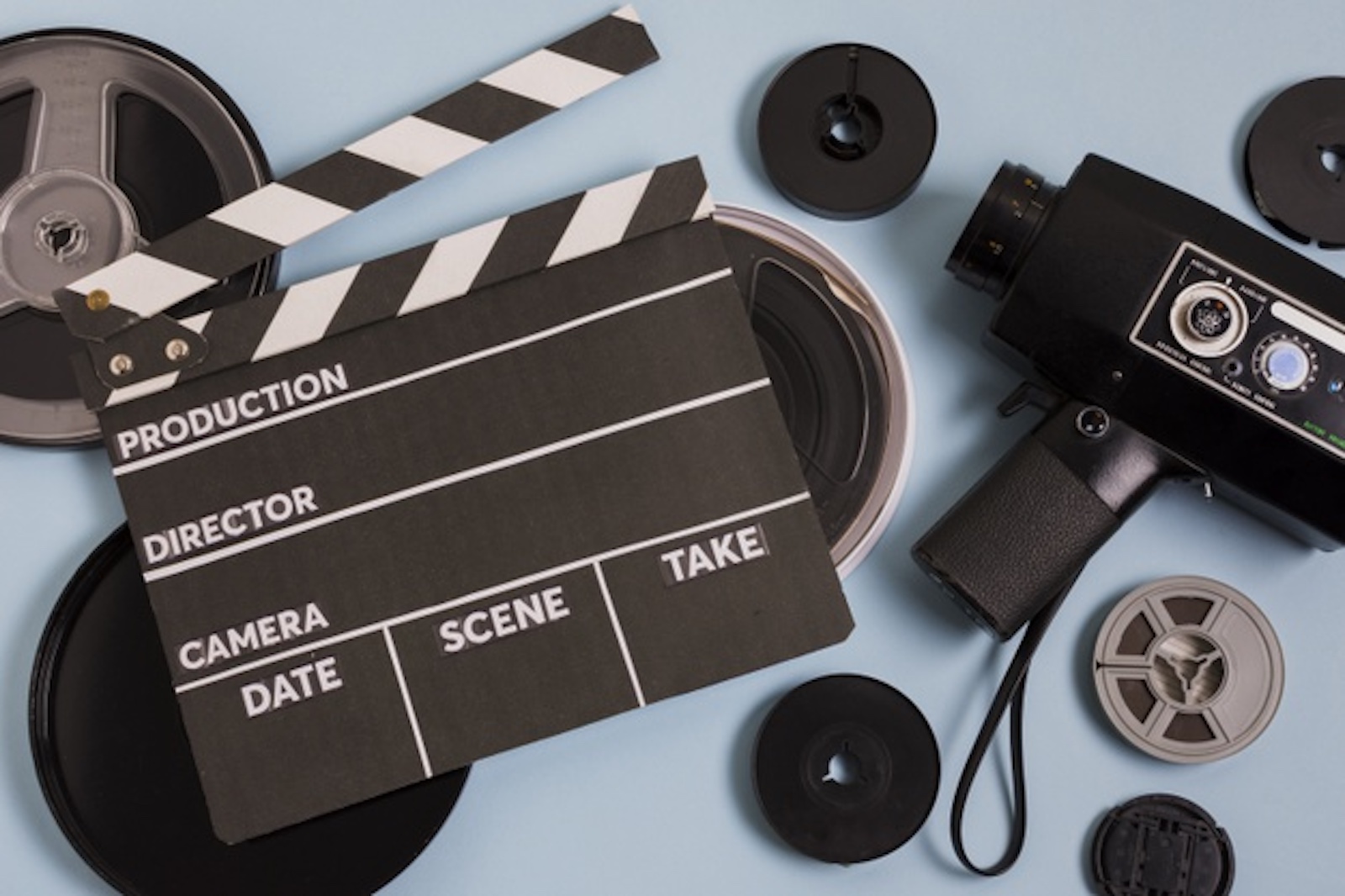Have you ever sat in a dark theater, popcorn in hand, and felt completely mesmerized by the visuals on the screen? It's not just about the story or the actors—it's about the artistic brilliance that brings it all together. Filmmaking is an art form, and understanding its artistic aspects, especially the visual style, is what separates a good movie from a masterpiece. So buckle up, because we're diving deep into the world where creativity meets cinematography.
Let’s be real here, films aren’t just about dialogue and plotlines. They’re visual journeys that take us through worlds crafted with intention. Every frame, every color, every angle—it all matters. And that’s what makes understanding the artistic aspects of filmmaking so fascinating. It’s not just about watching a movie; it’s about seeing how the movie watches back.
From the lighting that sets the mood to the camera movements that guide your eyes, everything in filmmaking is deliberate. The artistic aspects are what breathe life into the story, making it more than just a sequence of scenes. So whether you’re a filmmaker or just someone who loves movies, this is your guide to understanding the magic behind the visuals.
Read also:Candalous The Bold And Daring Fashion Movement You Need To Know
What Exactly Are the Artistic Aspects of Filmmaking?
Alright, let’s break it down. When we talk about the artistic aspects of filmmaking, we’re talking about everything that goes into creating the visual and emotional experience of a film. It’s not just about what you see but how you feel when you see it. And trust me, there’s a lot that goes into it.
The artistic aspects include things like cinematography, production design, editing, sound design, and even the choice of music. These elements work together to create a cohesive world that draws the audience in. It’s like painting a picture, except instead of a canvas, you have a screen, and instead of paint, you have light, shadow, and movement.
Why Visual Style Matters
Visual style is one of the most important artistic aspects of filmmaking. It’s what gives a film its unique look and feel. Think about it—when you watch a Wes Anderson movie, you know it’s a Wes Anderson movie because of his signature style. Same goes for directors like Quentin Tarantino or Stanley Kubrick. Their films have a visual identity that’s instantly recognizable.
Visual style isn’t just about making things look pretty; it’s about telling the story visually. It’s about using colors, textures, and compositions to convey emotions, themes, and even character development. For example, a dark, gritty color palette might suggest a serious, intense tone, while bright, vibrant colors could indicate a more playful or whimsical vibe.
Key Elements of Visual Style in Filmmaking
So, what exactly makes up the visual style in a film? Let’s dive into the key elements that filmmakers use to create their artistic vision.
1. Cinematography
Cinematography is all about how the film is shot. It involves everything from camera angles to lighting to framing. A skilled cinematographer can turn a simple scene into a breathtaking visual experience. For example, a low-angle shot can make a character seem powerful, while a high-angle shot can make them appear vulnerable.
Read also:Ott Platforms The Gamechanger In Modern Entertainment
- Camera Angles: These determine the perspective from which the audience views the scene.
- Lighting: This sets the mood and highlights important elements in the frame.
- Framing: This controls what the audience focuses on within the shot.
2. Production Design
Production design is all about the physical world of the film. It includes set design, costumes, and props. Every detail in the production design contributes to the overall visual style. For instance, a period drama might have elaborate, ornate sets to reflect the time period, while a sci-fi film might have sleek, futuristic designs.
- Set Design: This creates the environment where the story takes place.
- Costumes: These help define characters and their roles within the story.
- Props: These add authenticity and depth to the scenes.
The Role of Color in Visual Storytelling
Color plays a huge role in the visual style of a film. It can evoke emotions, establish themes, and even symbolize characters or ideas. Filmmakers often use color grading to enhance the visual impact of their films. For example, a film might use a warm color palette to create a sense of nostalgia or a cool color palette to convey a feeling of isolation.
Take the movie "The Grand Budapest Hotel," for instance. Wes Anderson uses a distinct color palette of pinks, greens, and yellows to create a whimsical, almost fairy-tale-like atmosphere. On the other hand, "Blade Runner 2049" uses muted, desaturated colors to emphasize the dystopian nature of its world.
Color Symbolism in Films
Color symbolism is another powerful tool in visual storytelling. Certain colors can represent specific ideas or emotions. For example, red might symbolize passion or danger, while blue might represent calmness or sadness.
- Red: Often associated with love, anger, or danger.
- Blue: Can evoke feelings of calmness, sadness, or trust.
- Yellow: Typically represents happiness, optimism, or caution.
Camera Movements and Their Impact
Camera movements are another crucial aspect of visual style. They can add dynamism to a scene and guide the audience’s attention. Whether it’s a smooth dolly shot or a fast-paced handheld shot, every movement has a purpose.
Types of Camera Movements
Here are some common camera movements and their effects:
- Pan: A horizontal movement that scans the scene from side to side.
- Tilt: A vertical movement that moves the camera up or down.
- Dolly: A smooth movement that moves the camera closer to or further from the subject.
- Tracking: A movement that follows the subject as it moves through the scene.
Editing Techniques for Visual Cohesion
Editing is where all the visual elements come together. It’s the process of assembling shots, scenes, and sequences to create a coherent and engaging film. Good editing enhances the visual style by ensuring that the transitions between shots are seamless and that the pacing matches the tone of the film.
Common Editing Techniques
Here are a few editing techniques that filmmakers use to enhance the visual style:
- Cut: A sudden transition between two shots.
- Fade: A gradual transition where one shot fades into another.
- Match Cut: A cut that connects two shots with a visual similarity.
- Montage: A sequence of rapidly edited shots that convey a passage of time or a series of actions.
Sound Design and Its Influence on Visual Style
Sound design might not seem directly related to visual style, but it plays a vital role in shaping the audience’s perception of the visuals. The right sound can enhance the emotional impact of a scene, while the wrong sound can ruin it. For example, a suspenseful scene might use eerie sound effects and ominous music to build tension.
Take the movie "Inception," for instance. The sound design, particularly the use of the iconic "BRAAM" sound, adds to the film’s visual intensity and keeps the audience on edge.
Music in Filmmaking
Music is another important element of sound design. It can set the tone, evoke emotions, and even drive the narrative forward. A well-chosen score can elevate a film’s visual style, making it more memorable and impactful.
Case Studies: Films with Distinct Visual Styles
Let’s take a look at some films that are renowned for their distinct visual styles. These films showcase how the artistic aspects of filmmaking come together to create a unique cinematic experience.
1. "Mad Max: Fury Road"
Directed by George Miller, "Mad Max: Fury Road" is a visual spectacle that combines stunning cinematography, production design, and sound design. The film’s use of practical effects and vibrant colors makes it a standout example of visual storytelling.
2. "The Revenant"
Alejandro G. Iñárritu’s "The Revenant" is a masterclass in cinematography. The film’s use of natural lighting and sweeping landscapes creates a raw, immersive experience that draws the audience into the harsh world of the protagonist.
How to Develop Your Own Visual Style
If you’re a filmmaker looking to develop your own visual style, here are a few tips:
- Study the works of other filmmakers and analyze what makes their visual style unique.
- Experiment with different techniques and find what works best for your vision.
- Collaborate with skilled cinematographers, production designers, and editors to bring your ideas to life.
Building a Signature Look
Developing a signature look takes time and practice. It’s about finding a balance between personal expression and audience appeal. Remember, your visual style should enhance the story, not overshadow it.
Conclusion: Embrace the Art of Filmmaking
In conclusion, understanding the artistic aspects of filmmaking, especially the visual style, is essential for creating compelling and memorable films. Whether you’re a filmmaker or just a movie enthusiast, appreciating the artistry behind the visuals can deepen your connection to the story.
So, the next time you watch a film, pay attention to the cinematography, production design, and sound design. Notice how these elements work together to create the visual style. And if you’re inspired to create your own films, don’t be afraid to experiment and find your own unique voice.
And hey, don’t forget to share this article with your friends or leave a comment below. Let’s keep the conversation going about the magic of filmmaking!
Table of Contents:
- What Exactly Are the Artistic Aspects of Filmmaking?
- Why Visual Style Matters
- Key Elements of Visual Style in Filmmaking
- Cinematography
- Production Design
- The Role of Color in Visual Storytelling
- Camera Movements and Their Impact
- Editing Techniques for Visual Cohesion
- Sound Design and Its Influence on Visual Style
- Case Studies: Films with Distinct Visual Styles


